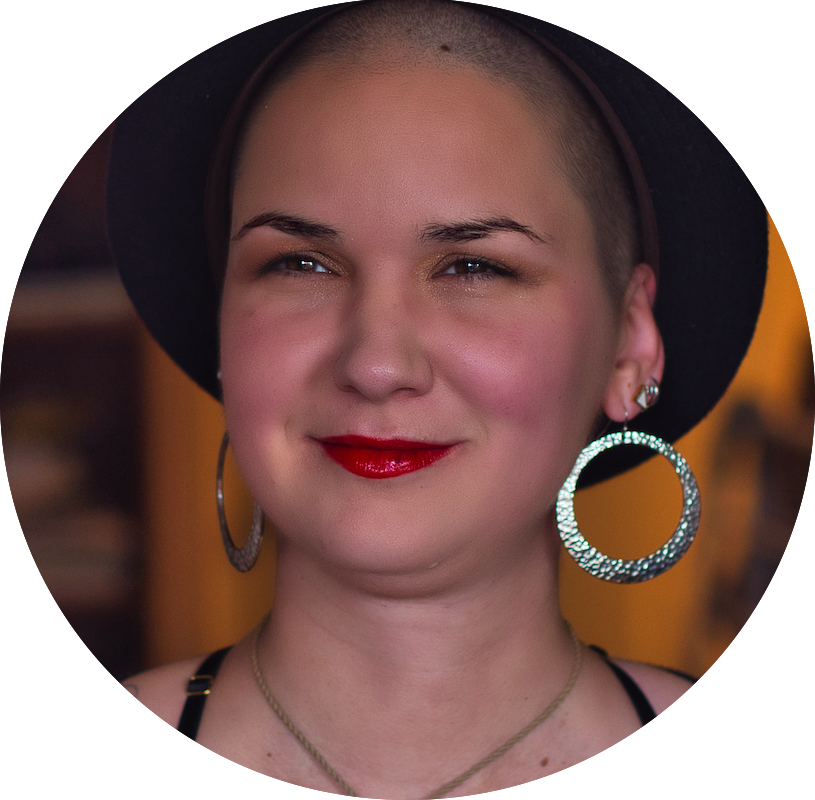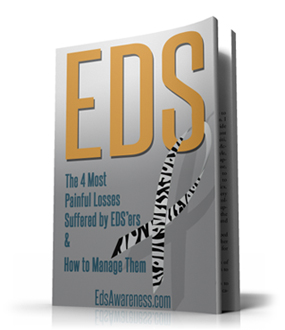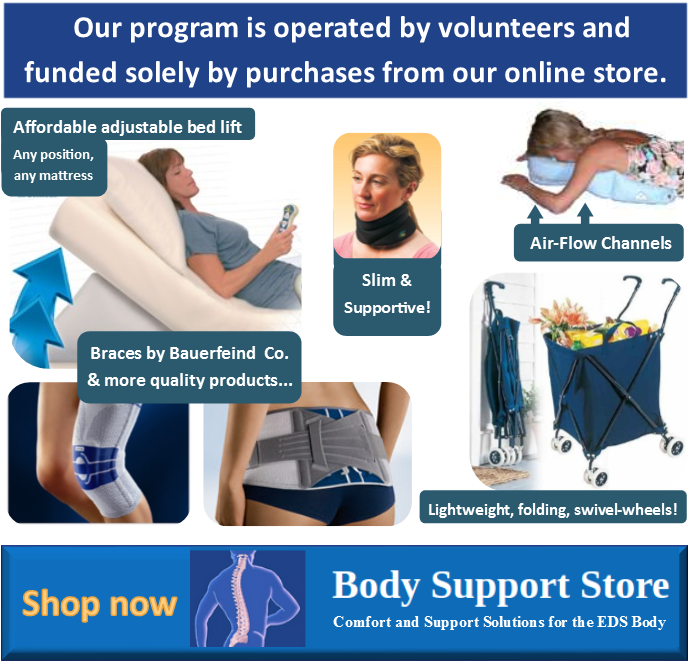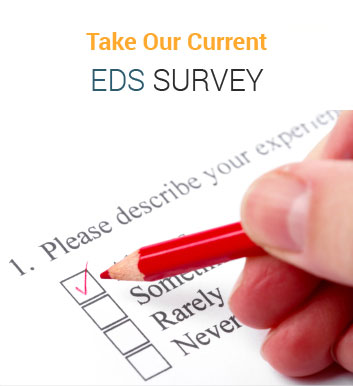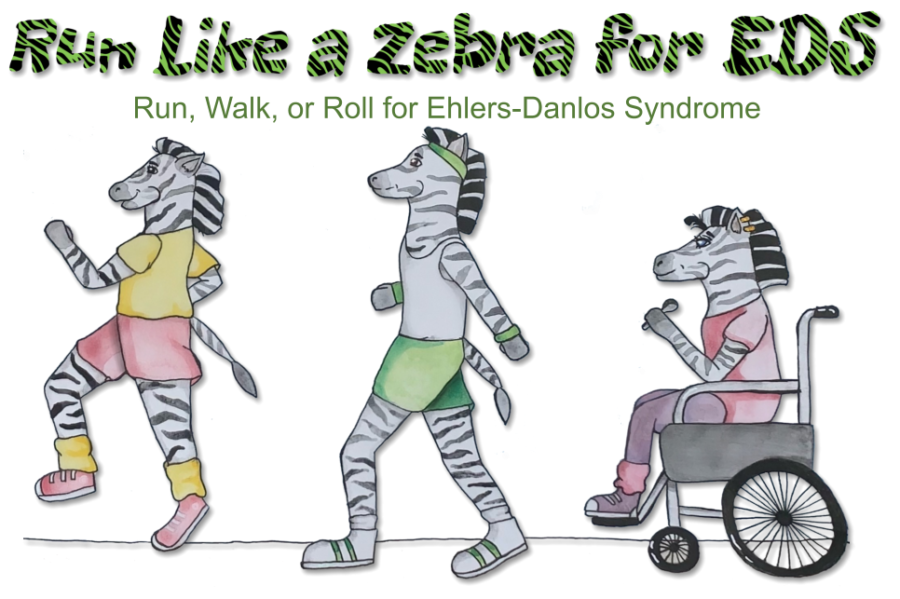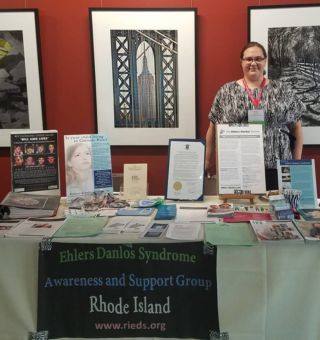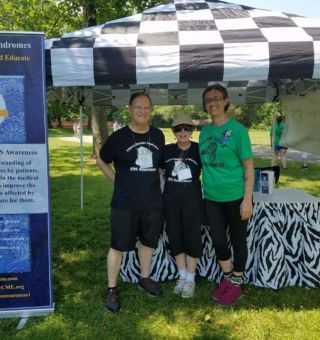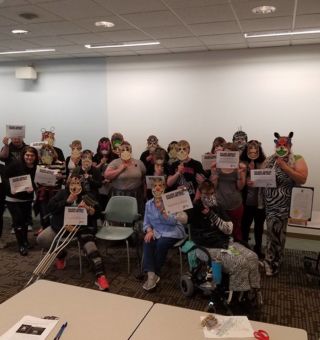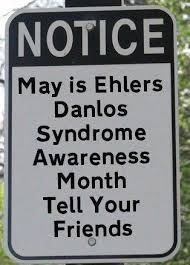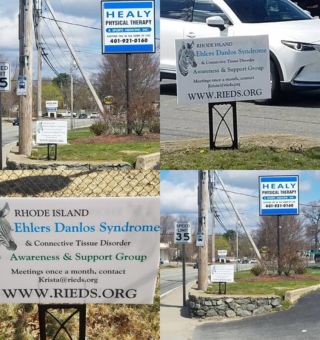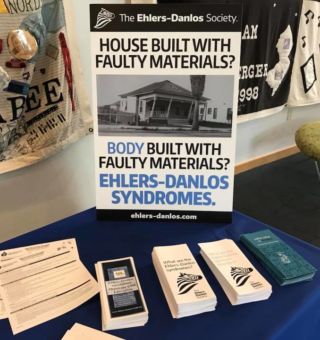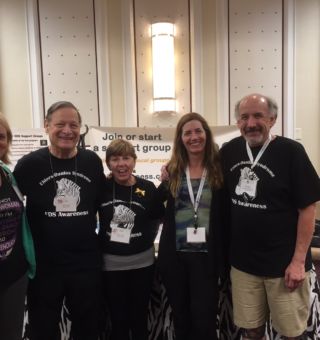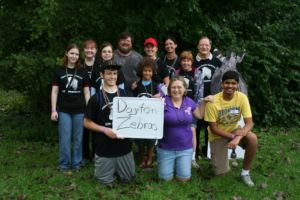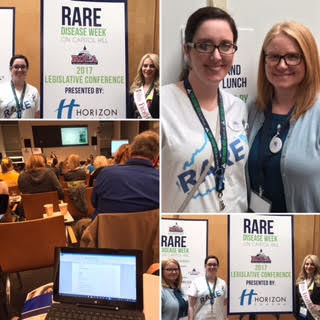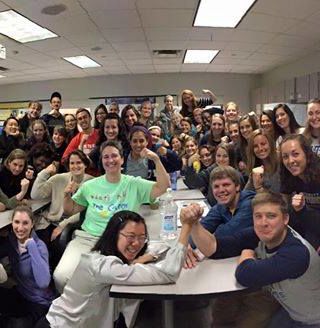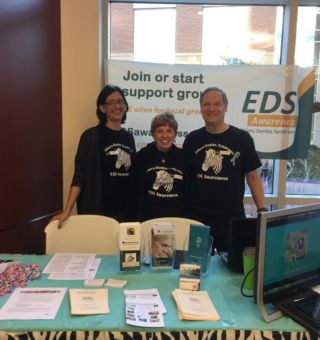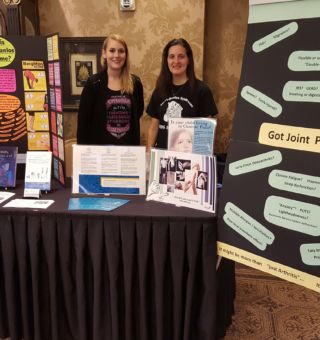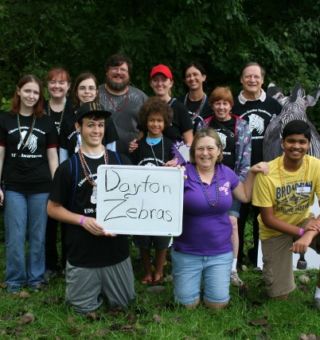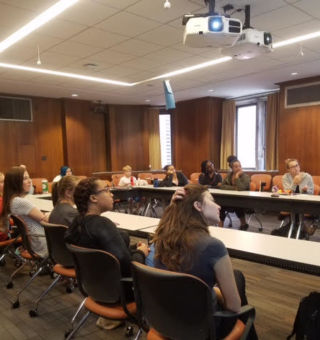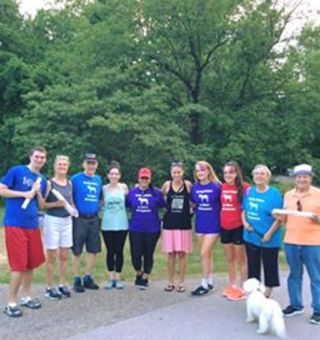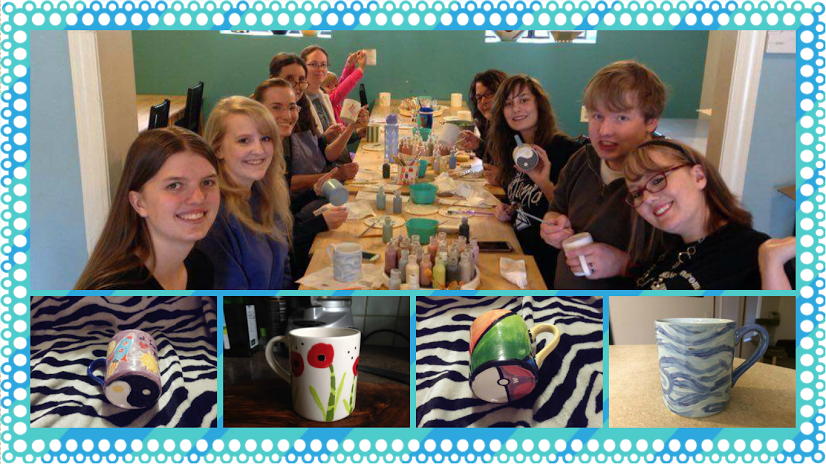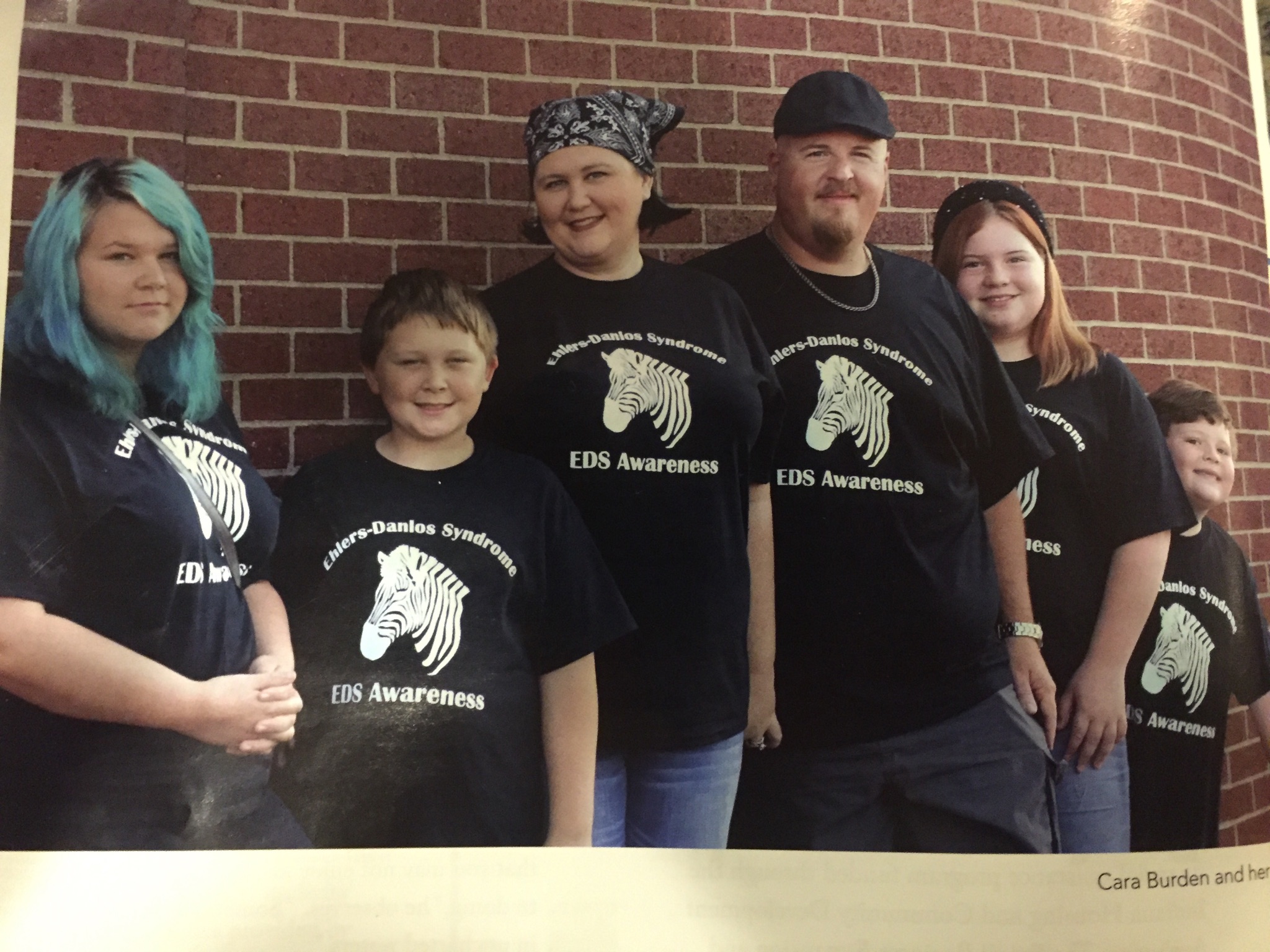The Funny Bone News
Because with EDS, every bone is a funny bone.
|
“Wow, I feel like my condition has stabilized a bit. Finally, I can take part in regular life again!” I thought a few weeks ago. Life has been challenging throughout 2020. Actually, challenging isn’t even the right word. It has been a major disaster. When the pandemic started, a lot of past trauma that I had buried deep down hit me all at once. I was barely able to function. I started therapy and became better and better until I actually felt like the best version of myself. I was beginning to live my life again, enjoying it, having fun with friends, and taking care of my physical health more and more.
Just a few days ago, I posted on Insta how I had many ‘good’ days in 2021 and how I hope to be able to continue like this. Well, as you all know, our condition can change from one moment to another, and that’s exactly what happened. I said out loud the words, “I am feeling a bit better,” and bam, a few hours later, I lie on the floor crying in debilitating back pain that led to severe GI issues for the rest of the night. Consequently, I basically slept on the floor of my bathroom, asking myself why this keeps happening.
I don’t know if you can relate to this, but I often feel the second I am a bit more stable and can actually start getting back to some sort of routine, fate is like, “Uhm, nope, Karina. Happiness is really not for you. Please go back to suffering.” Every little activity I participate in has consequences. But I never know what kind of consequences. Sometimes, I do a bit more, and I am in slightly more pain the next day. That’s fine. I can deal with that. However, another day, I do the exact same thing and am down on my couch for a week after. Why? I didn’t do much yesterday. Was it because I ate something wrong? Was it because this one exercise I did was hurting me? Was it because I did too much over the last week and pushed my body beyond its limit? Or was it just a stupid coincidence, and I have a ‘normal’ illness, like a stomach flu?
I have no clue. And that’s the most frustrating part of it all: Not knowing why I feel this bad. I have all these plans, ideas, projects, but every single time I really begin to live again, I get stopped in my tracks and need to put life on hold again. I don’t know about you, but I have a really hard time coping with those days. However, I always somehow get through it, and today, I wanted to share my coping strategies with you.
- Journaling. Writing in my journal is my most important coping mechanism. It helps to relieve tension without involving other people. Experts also suggest journaling as a coping strategy.
- Activity. I love to be in nature, so whenever I feel anxious (and my body allows), I go on hikes or walks, or spend time on my paddleboard or kayak. Exercise is known to reduce stress and anxiety.
- Meditation and Tai Chi. Meditation helps me with anxiety, stress and pain; Tai Chi is a nice distraction from my thoughts. Studies suggest that meditation reduces anxiety, and Tai Chi can lower stress and anxiety levels and improves the mood.
- Volunteering. Volunteering in a nursing home was such an enriching experience for me. Studies suggest reducing the unhappiness of others contributes to making us happier.
- Peer support. Keeping busy while helping others is one of the best ways for me to cope with EDS and all challenges. Sharing my knowledge and supporting people at the beginning of their journey with EDS also helps me to see how far I have come. Peer support was found to be helpful for many conditions, including mental health conditions.
- Constant learning. Knowledge is power. Knowing as much as I can about EDS helps me to keep a sense of control over my condition, and learning why my body behaves in a certain way makes it easier to cope with symptoms; they feel less threatening with increased knowledge.
- Therapy and Breathing. One of the best steps for me was having a therapist supporting me with all my everyday struggles. Literature suggests CBT might be helpful to cope with chronic illness as well.
- Having a voice. In the past, I often didn’t feel heard. Especially with doctors, I felt like I didn’t have a voice. Today, I share my experiences with chronic illness in my blog and on my social media profiles, which gives me a sense of purpose and makes me feel visible!
- Loud Heavy Metal. Listening to loud music, maybe singing along, makes happy!
I would love to hear how you cope, especially with those crappy days.
Much Love,
Karina
Connect with Karina on Facebook, Insta or Twitter
|
|
|
|
|
Advocate Jon Rodis shared these great news with us: Development and implementation of the first interdisciplinary program for multi-system issues in connective tissue disorders at the Toronto General Hospital
|
|
|
|
|
|
Patient Draws on Her Own Experience to Help Others Through Podcast
|
Ehlers-Danlos News
“Kerry Gabrielson, a 34-year-old with Ehlers-Danlos syndrome (EDS), is devoting herself to raising awareness about hypermobile diseases and helping people with these disorders learn how to manage their symptoms through her podcast Hypermobility Happy Hour.”
|
|
|
|
|
|
13 US Paralympians to watch at the Tokyo
Paralympics
|
NBC
Allysa Seely lives with Chiari Malformation, EDS and is a Para-triathlete and six-time world medalist.
|
|
|
|
|
|
Meet the Paralympian
Allysa Seely
|
NBC
“Seely was diagnosed with Chiari II Malformation, basilar invagination, and Ehlers-Danlos Syndrome, which effects her brain, spine and connective tissues in 2010.”
|
|
|
|
|
|
Galway natives win 20,000 Euro Social Entrepreneurs Ireland Award
|
Galway Daily
“Brandon Blacoe from Salthill and Eibhlin O’Riordan from Knocknacarra co-founded Byowave to make accessible and customisable video game controllers for people with disabilities.”
“Co-founder Eibhlin O’Riordan has Ehlers Danlos Syndrome, which means she can only play games with one hand.”
|
|
|
|
|
|
Addressing Pain in Hypermobility Disorders
|
Dr. Linda Bluestein
“Is your body on fire? Do you feel like you simply cannot make it another day? This is what I hear from my bendy patients – sometimes as young as 10 years old. It is tragic, but there is HOPE!”
|
|
|
|
|
|
Beyond my Battle
with EDS
|
Karina Sturm
“Imagine you are chronically ill and have to deal with regular symptoms, appointments, managing prescriptions on a daily basis… but on top of it, you also need to take care of your apartment, cook, clean, wash, deal with relationships, etc. I’m chronically ill on top of what other people consider everyday life. ”- Beyond My Battle Blog
|
|
|
|
|
|
|
|
Rare Disease Connection Podcast
“Hear from the experts in our conversations on a rare genetic disease: Ehlers-Danlos syndrome. We cover EDS diagnosis, new treatment options, and how to connect with the EDS community.”
|
|
|
|
|
|
Documentary
“Director Rachel Fleit’s deeply intimate and powerful feature of one woman’s journey of personal acceptance and resilience, Introducing, Selma Blair, follows the singular actress as she reckons with the next chapter of her life after being diagnosed with Multiple Sclerosis. The film explores complex issues ranging from dissecting deep-rooted myths about beauty, and the collective fear around disability and mortality. Complete with her trademark wit and humor, the film follows Blair as she reconciles a journey of monumental transition.”
|
|
|
|
|
|
|
|
ABILITY Magazine
“Ian Harding is a passionate advocate for people with lupus, an empathic son to a mother with the chronic condition, and an ally to people with disabilities around the globe. In the first part of this interview, ABILITY’s Karina Sturm speaks with Ian about his childhood in Germany, his acting career and his work for the Lupus Foundation of America.”
|
|
|
|
|
|
|
|
ABILITY Magazine
Haben Girma is a disability rights advocate, book author, and first deaf-blind Harvard Law School graduate.
|
|
|
|
Spotlight: Chronic Illness & Disability
|
|
|
Free Short Film Streaming
|
Cinema Touching Disability offers free online streaming of their award-winning short films on topics such as autism, Deaf culture, Down syndrome and many more. Until September 15, the films can be streamed online and for free.
|
|
|
|
|
|
BBC warned over ‘wildly irresponsible’ documentary on social media ‘fakery’ allegations
|
Disability News Service
Disabled campaigners have warned that a BBC documentary about social media “influencers” allegedly faking their chronic illnesses, and BBC News coverage promoting the programme, were “wildly irresponsible” and risk inflaming the hostile environment they already face.
|
|
|
|
|
|
BBC toxicity just peaked with the ‘Sickness and Lies’ documentary
|
The Canary
“I have lived experience and a vested interest in Sickness and Lies. My partner is chronically ill. She lives with 15 different illnesses and conditions. These include the genetic connective tissue disorder Ehlers-Danlos syndrome (EDS), myalgic encephalomyelitis (ME), and different types of seizures.”
|
|
|
|
|
|
|
|
A network of amazing podcasts on topics such as cancer, rare disease (NordPod), healthcare, MS, Endometriosis and more.
|
|
|
|
|
|
Prevalence of functional GI Disease and pelvic floor symptoms in Marfan syndrome and EDS
|
“This was the largest GI study ever done on Ehlers-Danlos (including Marfan and related disorders) and I am very thankful that Dr Wolf and her team took on this research for the benefit of us all.” Jon Rodis, who helped to initiate this study with Dr Wolf, Dr Nee and their team at BIDMC and Harvard Medical School, says.
|
|
|
Are patients with hEDS or HSD so different?
|
Short answer: Not really. The authors suggest to consider EDS and HSD one single entity.
|
|
|
6 Strategies to Navigate your Insurance Provider’s Approval Process
|
New Mobility
Jon Rodis shared this great resource with us on how to deal with insurance providers. We hope it is helpful to you as well.
|
|
|
|
Survey regarding GI issues in EDS
|
Jon Rodis shared this survey with us. The lead investigator says:
Have you been diagnosed with a connective tissue disorder? Help us (Principal Investigator: Dr. Kyle Staller-Center for Neurointestinal Health at Mass General Hospital in Boston) learn more about the long-term impact of trauma on gastrointestinal problems in connective tissue disorder patients by agreeing to participate in a research survey study. The research survey will be one time only.
This research survey will only take you 15-30 minutes and could make a difference for the understanding of the impact of trauma on the development of functional gastrointestinal disorders.
|
|
|
|
EDS Echo Summit: Neurological Complications
|
The Ehlers-Danlos Society hosts a virtual event with a community day on September 26 and a professional day on September 25.
Find out more and sign up:
|
|
Thanks for reading The
funny bone news!
|
Let us know what you want to read here!
|
We hope you enjoyed it please share this.
|





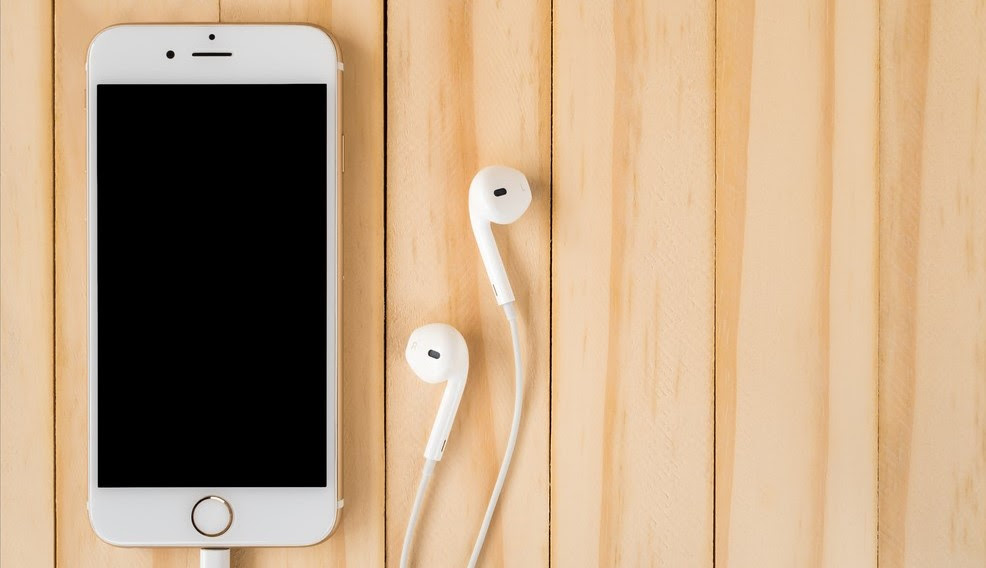






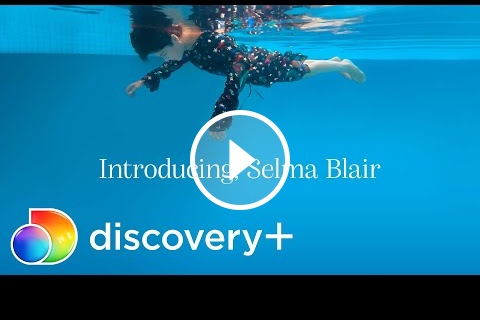



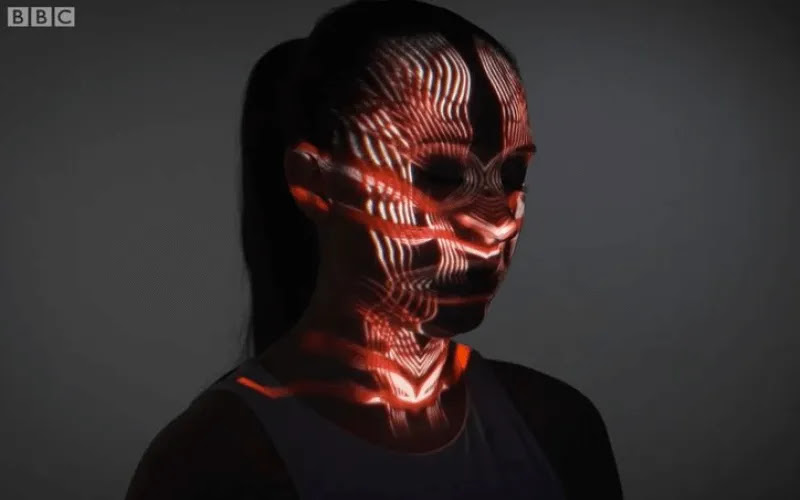
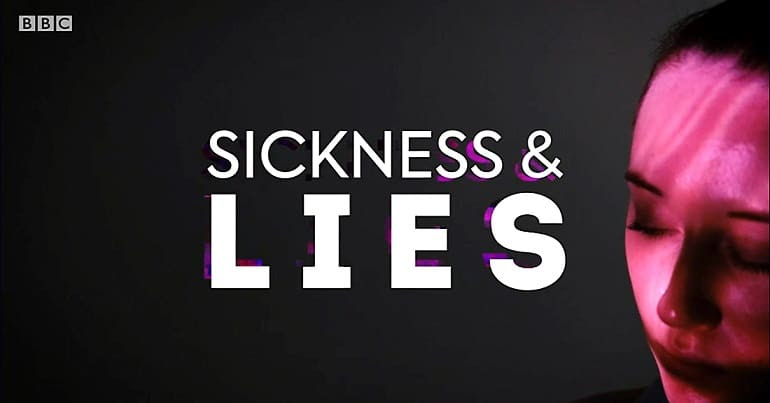

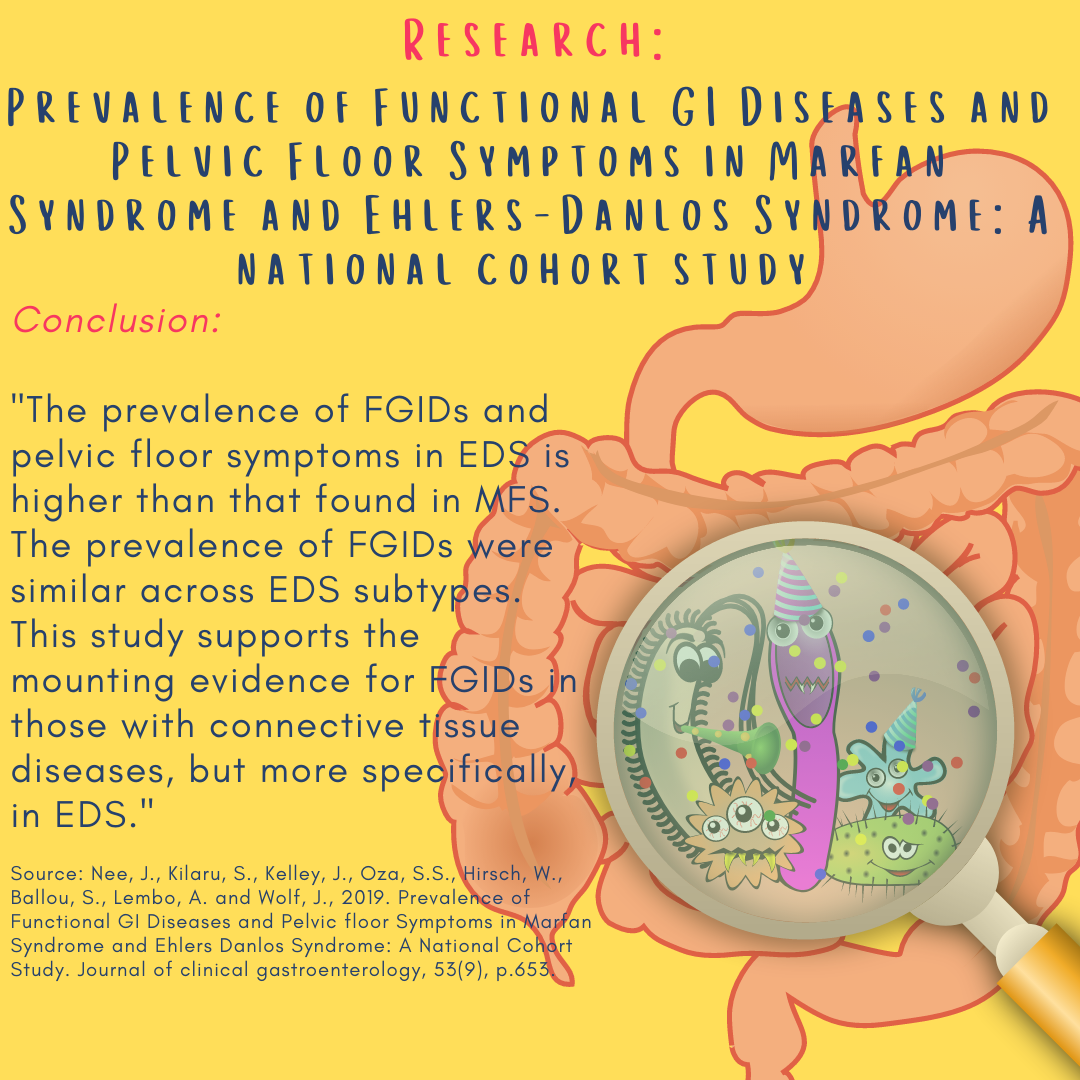
![Are patients with hEDS or HSD so different? hEDS and HDS patients showed similar disease severity score except for pain, motricity problems and bleeding, and similar spectrum of extra-articular manifestations. […] These results add weight to a clinical pragmatic proposition to consider hEDS/HSD as a single entity that requires the same treatments.](https://ci4.googleusercontent.com/proxy/XZCcN3N3276FNkR4KbAf45Qv0DX0SOz4J0pKbiR5zOGsNYAWAqCERb6U0wMUljjZdpNMOH4P1gZl-CMt4qA3og0TIiebAMvznpQoprHH2tkZibNHvU75sDuc1xoijUc6XBN-JMHgPW2FPffvGA5HenioWNs=s0-d-e1-ft#https://hostedimages-cdn.aweber-static.com/NjUyODM3/original/46117950f2c5494a9e3c5f87b1ce8e53.png)



